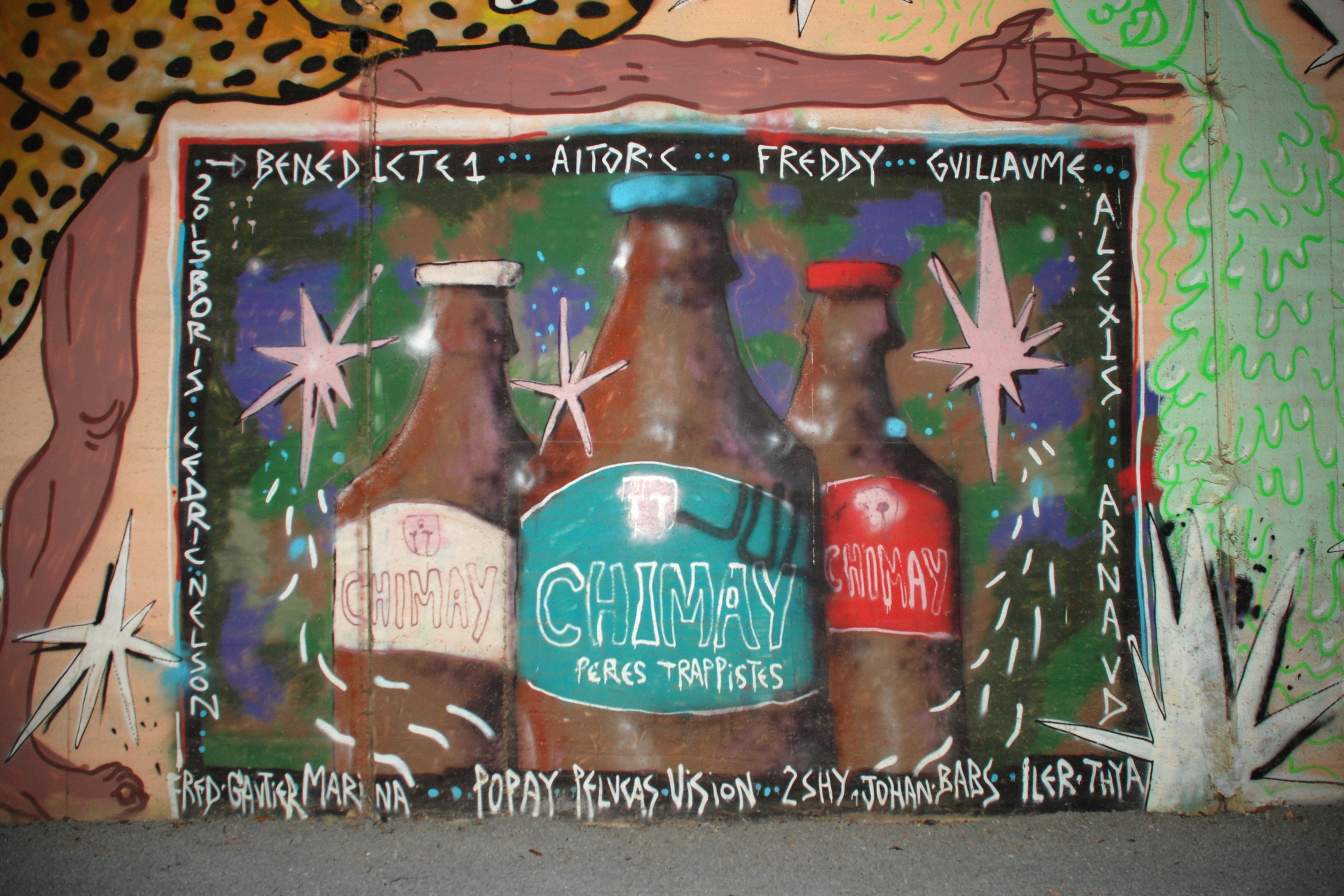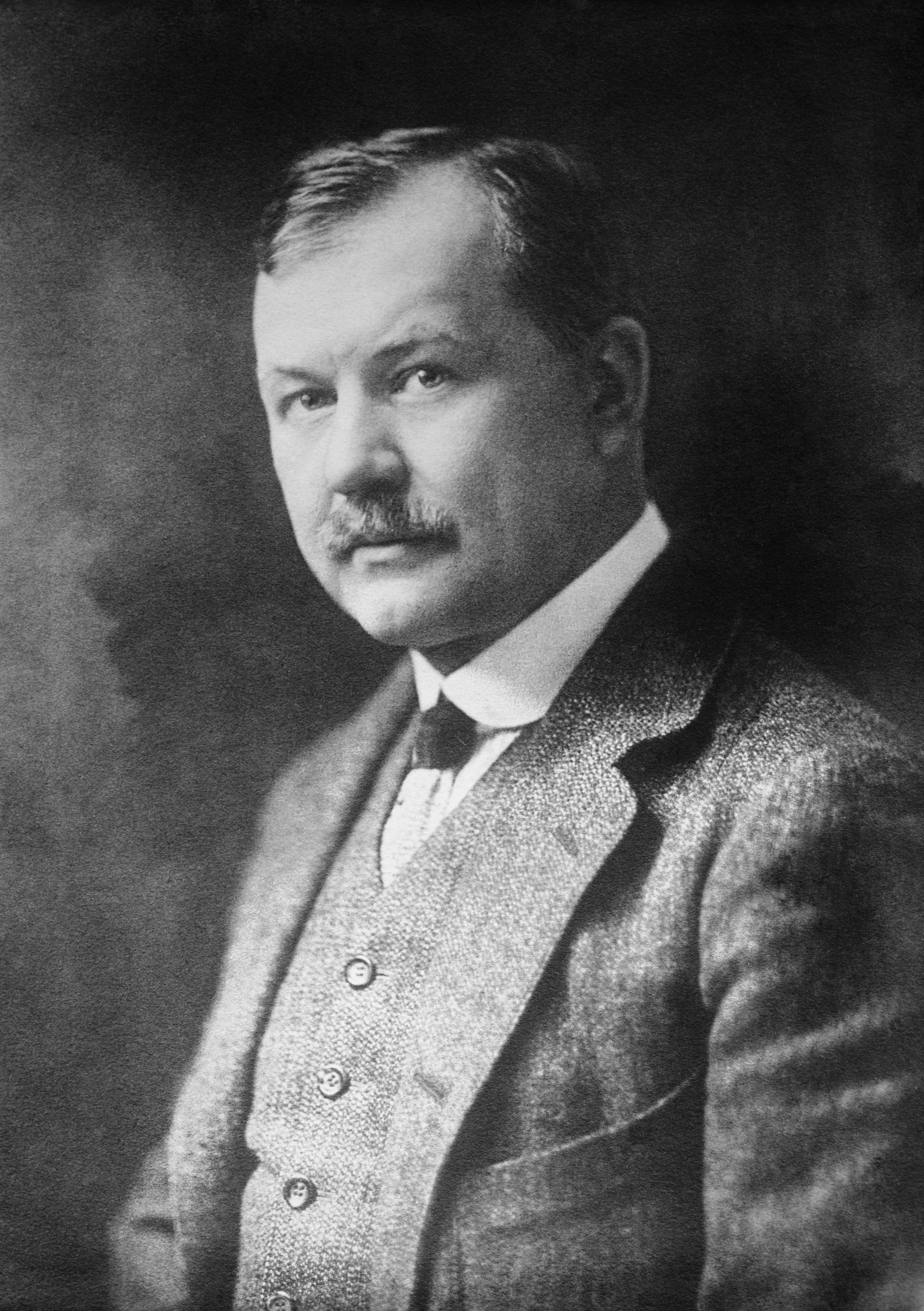|
Edgard Doneux
Edgard Doneux (Liège, 25 March 1920 – 31 January 1984, Anderlecht) was a Belgian conductor. Doneux received his entire musical formation at the conservatoire of his native city, and made his conducting debut at the Opéra Royal de Liège, in 1940, aged only 20. In 1946, he was named principal conductor at the Monnaie opera house in Brussels, and in 1949 chief conductor at the Belgian Radio-Television, retaining the latter post until his death. His repertoire at La Monnaie included ''Fra Diavolo'', ''Si j'étais roi'', ''Carmen'', ''Les contes d'Hoffmann'', ''Hérodiade'', ''Manon'', ''Mignon'', ''Lakmé'' and ''La Basoche'' from the French 19th century repertoire, and Italian works from ''Lucia di Lammermoor'' and ''Norma'' to late romantic operas such as ''La Bohème'', ''Cavalleria rusticana'', ''Madame Butterfly'', ''Rigoletto'', ''Suor Angelica'' and ''Tosca''. [...More Info...] [...Related Items...] OR: [Wikipedia] [Google] [Baidu] |
Liège
Liège ( , , ; wa, Lîdje ; nl, Luik ; german: Lüttich ) is a major city and municipality of Wallonia and the capital of the Belgian province of Liège. The city is situated in the valley of the Meuse, in the east of Belgium, not far from borders with the Netherlands (Maastricht is about to the north) and with Germany (Aachen is about north-east). In Liège, the Meuse meets the river Ourthe. The city is part of the '' sillon industriel'', the former industrial backbone of Wallonia. It still is the principal economic and cultural centre of the region. The municipality consists of the following districts: Angleur, , Chênée, , Grivegnée, Jupille-sur-Meuse, Liège, Rocourt, and Wandre. In November 2012, Liège had 198,280 inhabitants. The metropolitan area, including the outer commuter zone, covers an area of 1,879 km2 (725 sq mi) and had a total population of 749,110 on 1 January 2008. [...More Info...] [...Related Items...] OR: [Wikipedia] [Google] [Baidu] |
Cavalleria Rusticana
''Cavalleria rusticana'' (; Italian for "rustic chivalry") is an opera in one act by Pietro Mascagni to an Italian libretto by Giovanni Targioni-Tozzetti and Guido Menasci, adapted from an 1880 short story of the same name and subsequent play by Giovanni Verga. Considered one of the classic ''verismo'' operas, it premiered on 17 May 1890 at the Teatro Costanzi in Rome. Since 1893, it has often been performed in a so-called ''Cav/Pag'' double-bill with ''Pagliacci'' by Ruggero Leoncavallo. Composition history In July 1888 the Milanese music publisher Edoardo Sonzogno announced a competition open to all young Italian composers who had not yet had an opera performed on stage. They were invited to submit a one-act opera which would be judged by a jury of five prominent Italian critics and composers. The best three would be staged in Rome at Sonzogno's expense. Mascagni heard about the competition only two months before the closing date and asked his friend Giovanni Targioni-Tozze ... [...More Info...] [...Related Items...] OR: [Wikipedia] [Google] [Baidu] |
Chimay
Chimay (, wa, Chimai) is a city and Municipalities of Belgium, municipality of Wallonia located in the Hainaut Province, province of Hainaut, Belgium. In 2006, Chimay had a population of 9,774. The area is 197.10 km2 which gives a population density of 50 inhabitants per km2. It is the source of the Oise (river), Oise River. In the administrative district of Thuin, the municipality was created with a merger of 14 communes in 1977. The Trappist monastery of Scourmont Abbey in the town is famous for the Chimay Brewery. Toponymy The etymology of the name is ultimately, via Vulgar Latin, from the Proto-Celtic word ''koimos'' meaning "pretty, pleasant". Subdivisions The Walloon names of the place names are in brackets and italics. *Baileux (''Balieu'') *Bailièvre (''Bailleve'') *Bourlers (''Bourlé'') *Chimay (''Chimai'') *Forges, Belgium, Forges (''Foidjes'') *L'Escaillère (''L'Ecayire'') *Lompret, Belgium, Lompret (''Lompré'') *Rièzes (''Rieze'') *Robechies (''Robchiye'') ... [...More Info...] [...Related Items...] OR: [Wikipedia] [Google] [Baidu] |
Swan Lake
''Swan Lake'' ( rus, Лебеди́ное о́зеро, r=Lebedínoye ózero, p=lʲɪbʲɪˈdʲinəjə ˈozʲɪrə, link=no ), Op. 20, is a ballet composed by Russian composer Pyotr Ilyich Tchaikovsky in 1875–76. Despite its initial failure, it is now one of the most popular ballets of all time. The scenario, initially in two acts, was fashioned from Russian and German folk tales and tells the story of Odette, a princess turned into a swan by an evil sorcerer's curse. The choreographer of the original production was Julius Reisinger (Václav Reisinger). The ballet was premiered by the Bolshoi Ballet on at the Bolshoi Theatre in Moscow. Although it is presented in many different versions, most ballet companies base their stagings both choreographically and musically on the 1895 revival of Marius Petipa and Lev Ivanov, first staged for the Imperial Ballet on 15 January 1895, at the Mariinsky Theatre in St. Petersburg. For this revival, Tchaikovsky's score was revised by ... [...More Info...] [...Related Items...] OR: [Wikipedia] [Google] [Baidu] |
Coppélia
''Coppélia'' (sometimes subtitled: ''La Fille aux Yeux d'Émail'' (The Girl with the Enamel Eyes)) is a comic ballet from 1870 originally choreographed by Arthur Saint-Léon to the music of Léo Delibes, with libretto by Charles-Louis-Étienne Nuitter. Nuitter's libretto and mise-en-scène was based upon E. T. A. Hoffmann's short story ''Der Sandmann'' (''The Sandman''). In Greek, ''κοπέλα'' (or ''κοπελιά'' in some dialects) means ''young woman''. ''Coppélia'' premiered on 25 May 1870 at the Théâtre Impérial de l'Opéra, with the 16-year-old Giuseppina Bozzacchi in the principal role of Swanhilda and ballerina Eugénie Fiocre playing the part of Frantz ''en travesti''. The costumes were designed by Paul Lormier and Alfred Albert, the scenery by Charles-Antoine Cambon (Act I, scene 1; Act II, scene 1), and Édouard Desplechin and Jean-Baptiste Lavastre (Act I, scene 2). The ballet's first flush of success was interrupted by the Franco-Prussian War and t ... [...More Info...] [...Related Items...] OR: [Wikipedia] [Google] [Baidu] |
Cinderella (Prokofiev)
''Cinderella'' (russian: Золушка, Romanization of Russian, tr. ''Zolushka''; french: Cendrillon) Op. 87, is a ballet composed by Sergei Prokofiev to a scenario by Nikolai Volkov. It is one of his most popular and melodious compositions, and has inspired a great many choreographers since its inception. The piece was composed between 1940 and 1944. Part way through writing it Prokofiev broke off to write his opera ''War and Peace (opera), War and Peace''. The premiere of ''Cinderella'' was conducted by Yuri Fayer on 21 November, List of 1945 ballet premieres, 1945, at the Bolshoi Theatre, with choreography by Rostislav Zakharov and Galina Ulanova in the title role. ''Cinderella'' is notable for its jubilant music, lush scenery, and for the comic double-roles of the stepmother and the two stepsisters (which can be performed in Travesti (theatre), travesti), more mad than bad in this treatment. Story Act I Cinderella, a young woman whose domineering stepmother forces he ... [...More Info...] [...Related Items...] OR: [Wikipedia] [Google] [Baidu] |
The Nutcracker
''The Nutcracker'' ( rus, Щелкунчик, Shchelkunchik, links=no ) is an 1892 two-act ballet (""; russian: балет-феерия, link=no, ), originally choreographed by Marius Petipa and Lev Ivanov with a score by Pyotr Ilyich Tchaikovsky (Op. 71). The libretto is adapted from E. T. A. Hoffmann's 1816 short story "The Nutcracker and the Mouse King". Although the original production was not a success, the 20-minute suite that Tchaikovsky extracted from the ballet was. The complete ''Nutcracker'' has enjoyed enormous popularity since the late 1960s and is now performed by countless ballet companies, primarily during the Christmas season, especially in North America. Major American ballet companies generate around 40% of their annual ticket revenues from performances of ''The Nutcracker''. The ballet's score has been used in several film adaptations of Hoffmann's story. Tchaikovsky's score has become one of his most famous compositions. Among other things, the score is ... [...More Info...] [...Related Items...] OR: [Wikipedia] [Google] [Baidu] |
Les Cloches De Corneville
''Les cloches de Corneville'' (''The Bells of Corneville'', sometimes known in English as ''The Chimes of Normandy'') is an opéra-comique in three acts, composed by Robert Planquette to a libretto by Clairville (Louis-François Nicolaïe), Louis Clairville and Charles Gabet. The story, set at the turn of the 18th century, depicts the return of an exiled aristocrat to his ancestral castle, the machinations of the miserly steward to secure the family's fortune for himself, and the changing amorous pairings of the four juvenile leads. Aspects of the plot were criticised by contemporary critics as derivative of earlier operas. The opera was Planquette's first full-length stage work, and although he later wrote twelve more, including ''Rip Van Winkle (operetta), Rip Van Winkle'', which was a hit in London, he never equalled the international success of this first venture. It broke box-office records in Paris and London, where it set a new long-run record for musical theatre worldwid ... [...More Info...] [...Related Items...] OR: [Wikipedia] [Google] [Baidu] |
The Merry Widow
''The Merry Widow'' (german: Die lustige Witwe, links=no ) is an operetta by the Austro-Hungarian composer Franz Lehár. The librettists, Viktor Léon and Leo Stein, based the story – concerning a rich widow, and her countrymen's attempt to keep her money in the principality by finding her the right husband – on an 1861 comedy play, (''The Embassy Attaché'') by Henri Meilhac. The operetta has enjoyed extraordinary international success since its 1905 premiere in Vienna and continues to be frequently revived and recorded. Film and other adaptations have also been made. Well-known music from the score includes the " Vilja Song", "" ("You'll Find Me at Maxim's"), and the "Merry Widow Waltz". Background In 1861, Henri Meilhac premiered a comic play in Paris, (''The Embassy Attaché''), in which the Parisian ambassador of a poor German grand duchy, Baron Scharpf, schemes to arrange a marriage between his country's richest widow (a French woman) and a Count to keep her mon ... [...More Info...] [...Related Items...] OR: [Wikipedia] [Google] [Baidu] |
Ein Walzertraum
' (''A Waltz Dream'') is an operetta by Oscar Straus with a German libretto by and , based on the novella ' (''Nux, the Prince Consort'') by Hans Müller-Einigen from his 1905 book ' (''Book of Adventures''). The young Jacobson presented Straus with a libretto for ''Ein Walzertraum'' at a coffee house in the Vienna Prater in 1906. Straus was inspired by the text and completed the work within 12 months for its premiere in spring 1907. Performance history It premiered on 2 March 1907 at the Carltheater in Vienna. English adaptations Following the success of the operetta in Vienna, productions of the work, under the name ''A Waltz Dream'', were mounted in English for premieres at the Chestnut Street Opera House in Philadelphia on 6 January 1908, in New York City at the now-demolished Broadway Theatre on 27 January 1908 (with an English libretto adapted by Joseph W. Herbert), and in London on 28 March 1908 at the Hicks Theatre (adapted by Basil Hood, with lyrics by Adrian Ros ... [...More Info...] [...Related Items...] OR: [Wikipedia] [Google] [Baidu] |
Countess Maritza
''Gräfin Mariza'' (''Countess Maritza'') is an operetta in three acts composed by Hungarian composer Emmerich Kálmán, with a German libretto by Julius Brammer and Alfred Grünwald. It premiered in Vienna on 28 February 1924 at the Theater an der Wien. English adaptations As ''Countess Maritza'', it made its New York City debut on 18 September 1926 at the Shubert Theatre, in an adaptation by Harry B. Smith, and with interpolated music by other composers, playing 318 performances, with Yvonne d'Arle in the title role on opening night. The show was staged by J. C. Huffman. As ''Maritza'', it opened in London at the Palace Theatre on 6 July 1938, with Mary Losseff in the title role. A London revival by New Sadler's Wells Opera opened at Sadler's Wells Theatre in February 1983, with a new English book and lyrics by Nigel Douglas, starring Marilyn Hill Smith (Maritza), Ramon Remedios (Tassilo), Laureen Livingstone (Lisa), Lynn Barber (Manja) and Tudor Davies (Zsupan) conducte ... [...More Info...] [...Related Items...] OR: [Wikipedia] [Google] [Baidu] |







.jpg)